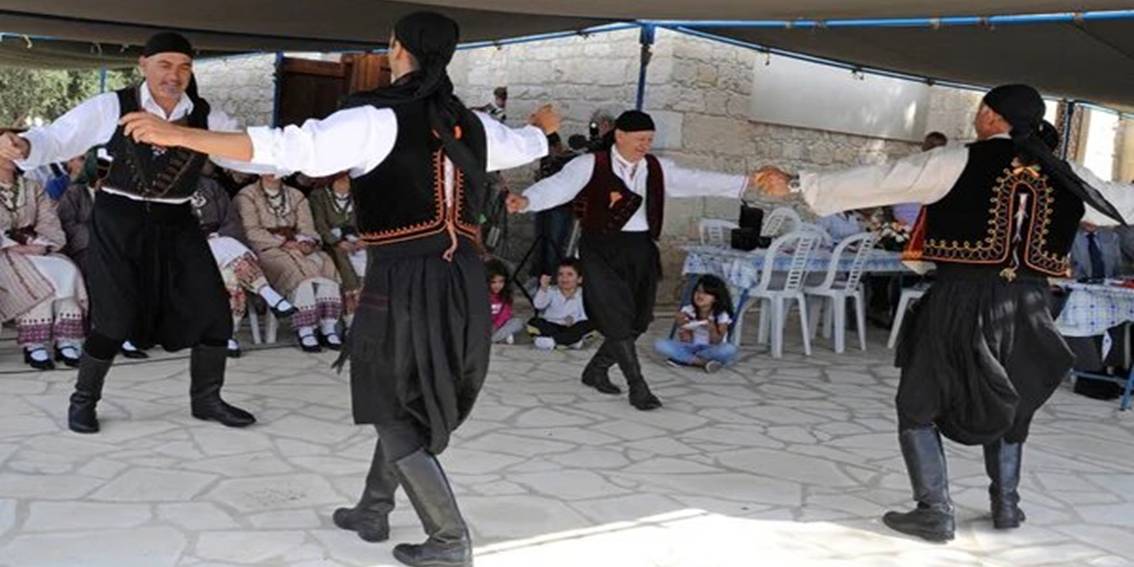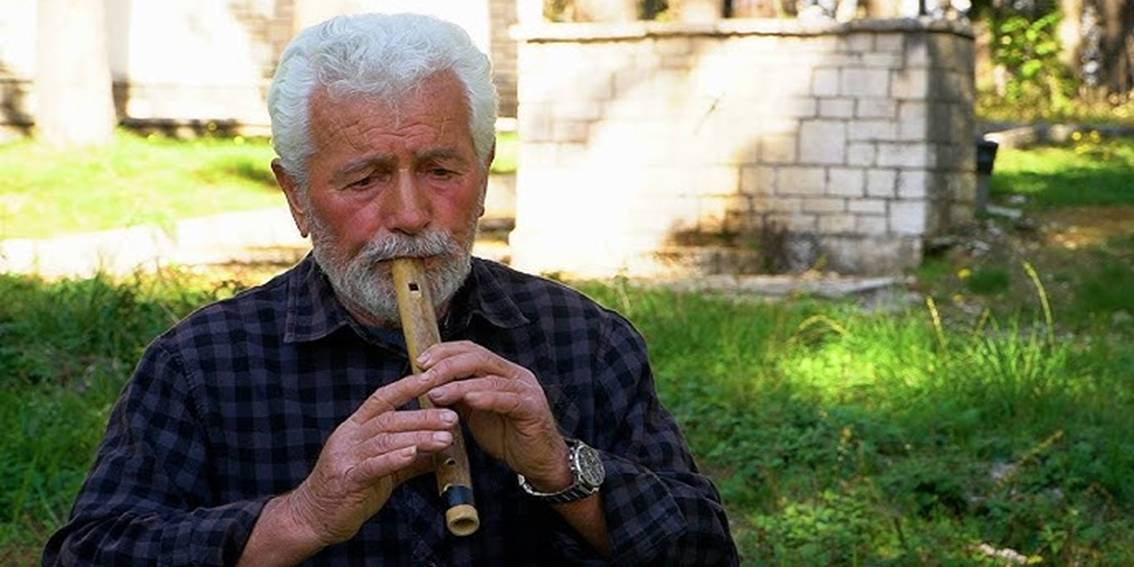The Origins of Tsifteteli
The Cypriot Dance tsifteteli is a popular dance that holds a significant place in Cypriot culture, with origins tracing back to the Middle East and the Mediterranean region. The word “tsifteteli” itself derives from the Turkish term “çiftetelli,” which refers to a particular rhythmic structure found in Turkish and Greek music. Over time, the dance style evolved, becoming deeply embedded in the folk traditions of Cyprus, Greece, and Turkey. Tsifteteli features energetic movements, and its distinctive rhythm evokes the rich, complex history of the region.
Origins and History of Tsifteteli
Tsifteteli’s origins span multiple centuries and diverse cultural influences. The dance likely developed from ancient fertility rites that emphasized sensuality, bodily expression, and rhythmic movement. These elements persisted through various eras, particularly in the Byzantine and Ottoman Empires, where dance played a central role in celebrations, social gatherings, and entertainment.
The dance’s connection to the Ottoman Empire, which ruled Cyprus for several centuries, left a profound impact on the island’s cultural traditions. In Cyprus, locals embraced tsifteteli and adapted it to reflect their own customs, infusing it with the local musical scales and dance forms. By the late 19th and early 20th centuries, tsifteteli had become an integral part of the island’s folk culture, often performed at weddings, festivals, and other social events.
Although tsifteteli shares similarities with belly dancing, particularly in its focus on the hips and torso, it carries its own distinct identity. Unlike belly dancing, which often emphasizes solo performances, tsifteteli frequently involves group dances, with participants creating a communal atmosphere that enhances the dance’s celebratory nature.

The Dance Structure and Movement
The Cypriot Dance Tsifteteli is a lively and rhythmic dance, characterized by its sensual and flowing movements. Dancers primarily focus on the hips and torso, using undulating motions to follow the rhythm of the accompanying music. The dance does not require formal choreography, which allows for spontaneity and improvisation. In this way, each performance of tsifteteli can feel unique, with dancers adapting their movements to suit the music and mood of the moment.
A typical tsifteteli performance starts with a slow and deliberate build-up, allowing the dancers to get into the rhythm of the music. The tempo gradually increases, encouraging more dynamic and expressive movements. As the pace quickens, dancers engage in more intricate and energetic steps, using shoulder shimmies, hip drops, and spins to punctuate the beat. Despite the dance’s physicality, it never loses its fluidity. Graceful arm movements often accompany the sharp motions of the hips, adding an element of elegance to the overall performance.
Dancers perform tsifteteli to various instruments, such as the violin, oud, and the darbuka (a goblet-shaped drum). These instruments set the distinctive rhythm that defines the dance. In modern settings, tsifteteli is also performed to a mix of traditional and contemporary music, blending old rhythms with new influences, making it versatile and adaptable to different contexts.
Tsifteteli’s Social and Cultural Significance in Cyprus
In Cypriot culture, tsifteteli plays a crucial role in social gatherings, serving as both entertainment and a form of cultural expression. At weddings, family celebrations, and festivals, participants perform tsifteteli to celebrate life, love, and community. During these events, the dance becomes a collective experience that connects individuals to their heritage while allowing them to express joy and unity.
Tsifteteli’s popularity across generations shows its enduring appeal in Cypriot society. While younger generations embrace contemporary dance styles, tsifteteli remains a beloved tradition that links them to their roots. Many young Cypriots learn the dance informally from older family members or through participation in local cultural events. Tsifteteli offers a space for families and communities to come together, emphasizing the importance of shared experiences in maintaining cultural continuity.
Gender and Performance in Tsifteteli
Tsifteteli holds a special place in Cypriot society due to its expressive and inclusive nature. Both men and women dance, though traditionally, women have taken on the lead role in tsifteteli performances. The dance allows for an exploration of femininity and sensuality, often celebrating women’s grace and power through its fluid movements. Female dancers usually emphasize slow, controlled hip movements, using the dance to express personal emotion and connection to the music.
Men, on the other hand, may participate in tsifteteli with more energetic and robust movements, occasionally combining elements of other traditional dances. The participation of both genders highlights the inclusivity of the dance, which welcomes everyone, regardless of age or experience.
In modern times, the gender distinctions in tsifteteli have become more fluid. Both men and women can dance similar styles, breaking down traditional boundaries and embracing a more individualistic approach. This evolution reflects broader changes in Cypriot society, where gender roles are continuously reshaped in response to social, economic, and cultural transformations.
Tsifteteli in Contemporary Cypriot Culture
Though rooted in tradition, tsifteteli has continued to evolve in contemporary Cypriot society. Today, it enjoys widespread popularity not just in folk celebrations but also in modern entertainment settings such as nightclubs, concerts, and cultural festivals. Cypriot singers often include tsifteteli rhythms in their performances, blending folk traditions with popular music. The dance’s adaptability ensures its relevance, allowing it to thrive in both traditional and modern contexts.
Cypriot communities abroad also keep the tradition alive. In diaspora communities, tsifteteli connects individuals to their cultural heritage, often serving as a way to maintain ties to Cyprus while living in other countries. This international presence highlights tsifteteli’s versatility and global appeal.
Conclusion
Tsifteteli embodies the spirit of Cypriot culture, blending history, tradition, and modernity into a dance form that transcends generations. Its lively movements, improvisational nature, and cultural significance make it more than just a dance. It represents a way of life, a connection to the past, and a celebration of the present. Whether performed at a family gathering, a wedding, or a modern music venue, tsifteteli continues to thrive as an essential element of Cypriot identity. Through its rhythm and movements, tsifteteli captures the heart and soul of Cyprus, ensuring its place in the island’s cultural legacy.




